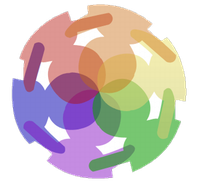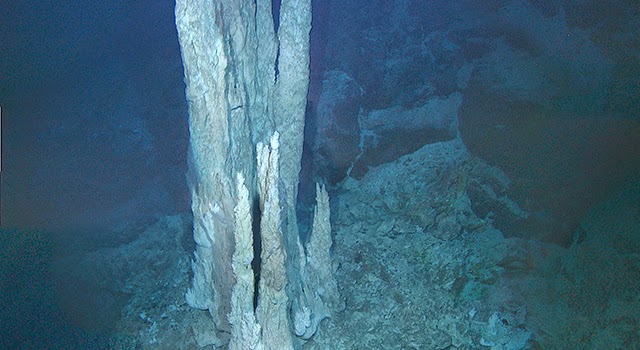
The NASA Astrobiology Institute is a cross-disciplinary research network established to study astrobiology related questions, with over 700 active researchers, affiliated with approximately 130 institutions. The broadness of the topic (life in the universe) and the distributed nature of the network require a collaborative research agenda from an interdisciplinary perspective.
This presentation assesses interdisciplinary collaborative practices at NAI for the CAN 4 and CAN 5 teams (14 in total), by focusing on four areas:
(i) communication behaviors [use of virtual collaboration tools and assessment of online meetings];
(ii) data and information behaviors [attitudes towards and practices of research data management];
(iii) collaborative work and interdisciplinary interaction [metrics for interdisciplinary and collaborative work and qualitative analysis of interdisciplinary work]; and
(iv) institutional identity [what does it mean to be an astrobiologist, and the researchers’ relationship with the NAI as an organization].
The findings and recommendations provided in this presentation are useful to improve efficient communication, data sharing, collaborative analysis and problem solving; to foster interdisciplinary science and collaborative work; and to strengthen institutional identity.
 Investigating Habitable Environments on Mars Using Orbital and Rover-Based Imaging Spectroscopy
Investigating Habitable Environments on Mars Using Orbital and Rover-Based Imaging Spectroscopy Chemical Gardens, Chimneys, and Fuel Cells: Simulating Prebiotic Chemistry in Hydrothermal Vents on Ocean Worlds
Chemical Gardens, Chimneys, and Fuel Cells: Simulating Prebiotic Chemistry in Hydrothermal Vents on Ocean Worlds The Synthesis of an Artificial Genetic Polymer: From Small Molecules to Proto-Nucleic Acids
The Synthesis of an Artificial Genetic Polymer: From Small Molecules to Proto-Nucleic Acids Quantifying Constraints on Metabolic Diversity Patterns
Quantifying Constraints on Metabolic Diversity Patterns